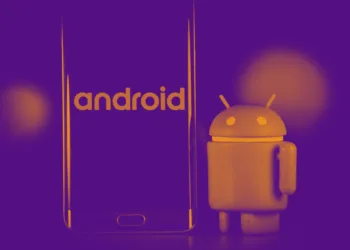RCS messaging has surged in popularity over the last year, particularly in Western markets. Currently, it’s estimated that over 1 billion users are utilizing RCS messaging, with a significant portion of this growth credited to Apple’s integration of RCS in iOS 18.
Since its launch in September, iOS 18 has facilitated RCS messaging interoperability with Android devices. However, support from carriers was initially limited. Recently, Apple has updated its support page, listing additional carriers that now support RCS.
The following carriers are included:
- AT&T
- C Spire
- Consumer Cellular
- Cricket
- FirstNet
- H20 Wireless
- Metro by T-Mobile
- PureTalk
- Red Pocket
- Spectrum
- T-Mobile USA
- TracFone/Straight Talk
- US Cellular
- Verizon Wireless
- Visible
- Xfinity Mobile
While this list has expanded, it isn’t exhaustive. Some networks, like Boost Mobile, provide RCS support but are not officially listed. Nonetheless, this information can serve as a helpful guide for anyone considering their choice of carrier.
Notably absent from the list is Google Fi. A few months ago, Google made it clear that support for RCS between iPhone and Google users could only be enabled through Apple. As of now, Google Fi does not facilitate RCS messaging between itself and iPhones.

What exactly is RCS messaging? You can think of it as a modern enhancement to SMS and MMS. Although not a perfect equivalent, it essentially provides functionality similar to Apple’s iMessage, including features such as read receipts and the ability to send high-resolution images without losing quality.
It’s worth noting that RCS is not designed to entirely replace messaging platforms like iMessage. While it offers improvements over traditional SMS, iMessage includes features that are not available in either SMS or RCS. Nonetheless, RCS represents a significant advancement, and it’s promising to see more carriers adopting it, allowing more individuals to transition away from standard SMS.










